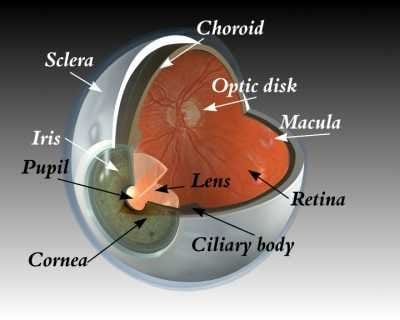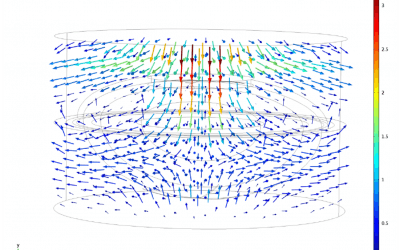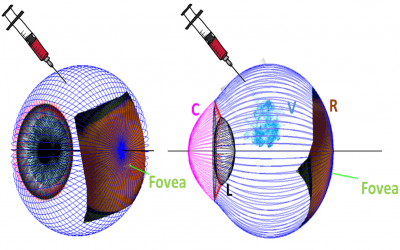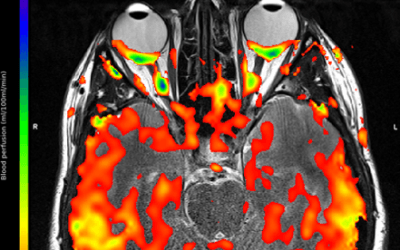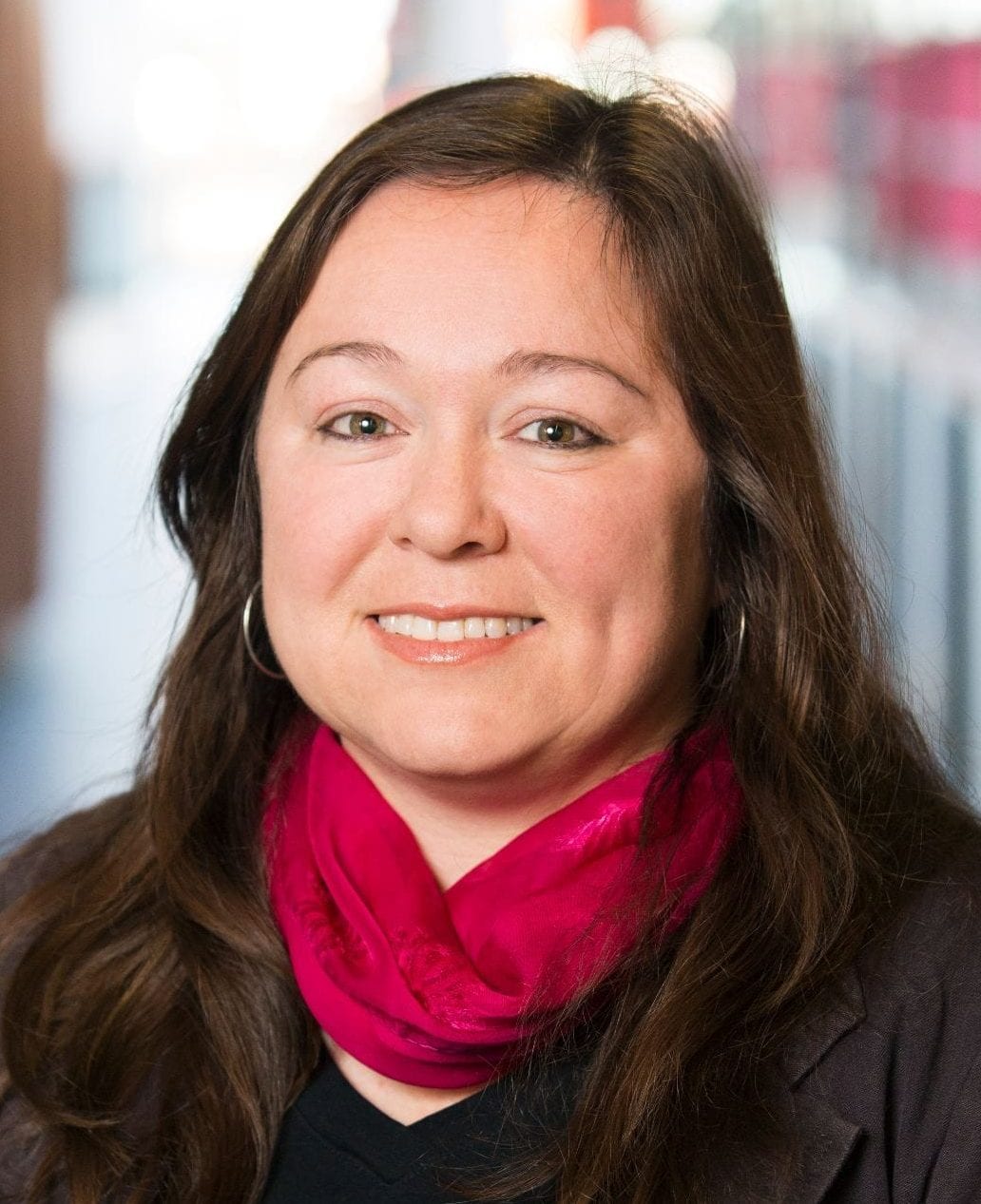Physiological optics of the eye
Physiological homeostasis and optical performance of the eye are inter-related, and constantly changing due to aging or pathology.
We use novel multi-modal imaging methods to quantify, correlate and simulate these changes throughout life.
Such knowledge is essential for developing effective non-invasive therapies for vision-degrading pathologies of old age.
Current projects
The computational fluid dynamics model of the in-vivo human lens
The human lens is a major optical component that contributes to overall vision. Fluid dynamics and physiology of the lens change as we age, which leads to the formation of diseases such as cataract. In this project, I have focused on creating aging human lens computer...
Studying the effects of ageing on intravitreal drug administration using bi-modal modelling approach
Age-related macular degeneration (AMD) is the leading cause of blindness in New Zealand, affecting 184,000 people in 2014, costing $391.1 million in 2016, or $19,825 per patient. Anti-VEGF injection is the most effective way to control AMD progression, which is...
MRI of blood perfusion for ischemic retinal diseases
Retinal ischemia plays a significant role in the pathogenesis of age-related macular degeneration (AMD) and Diabetic Retinopathy (DR) — two of the most common sight-threatening diseases in the developed world. Treatments for these conditions are limited, and there is...
Our researchers
Visit our lab pages
Ophthalmic Imaging and Bioengineering
The aim of this multidisciplinary project is to connect the physiology, vision engineering and optics of the human visual system.
Molecular Vision Laboratory
The Molecular Vision Laboratory (MVL) has extensive molecular and cellular expertise in the general field of membrane transport.
New Zealand National Eye Centre (NZ-NEC)
The New Zealand National Eye Centre (NZ-NEC) launched in 2008 as the culmination of more than eight years of collaboration and planning between many researchers in the field of ophthalmology, optometry, eye health and visual sciences in the University of Auckland.
